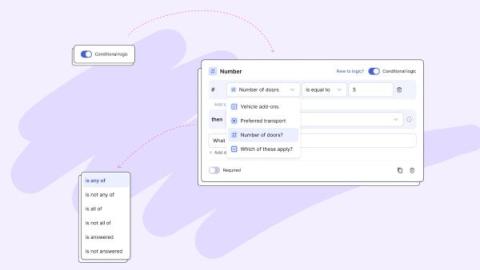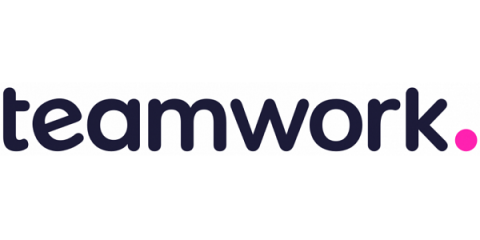Tailor forms to your clients-and get more accurate results-with Conditional Logic
If you're doing any sort of client work, chances are you know the pains of onboarding new clients. There may even be times when you've sent them one of those generic questionnaires that asks about everything under the sun. Bored, the client loses interest, filling out the form with the most perfunctory answers so they can get through it ASAP. Ask yourself: is anyone happy about this? Enter Conditional Logic, a revolution in form creation that adjusts in real time based on your clients' answers.








